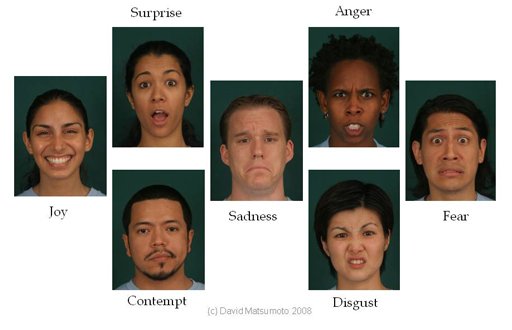Consistent with the views of deception promulgated by IDT, outlined below, you will find the various verbal and non-verbal cues categorized either as strategic or non-strategic, equipping you with a handy arsenal that should assist in ferreting out the deceivers from the truth-tellers at the negotiating table.
Non-Strategic Cues
Individuals engaged in deception can be expected to display the following involuntary leakage cues resulting from their agitation, emotions, and cognitive effort:
- Increased pupil dilation – deceivers’ pupils tend to widen as they would in dim lighting
- Blinking – deceivers tend to blink more frequently when compared to individuals telling the truth
- Eye shifting – deceivers will tend to look away, up, down, or to the side rather than at the person they are speaking to
- Self-adaptors – deceivers tend to use their hands to fondle or manipulate objects or parts of their body
- Elevated speaking pitch – deceivers tend to speak at a higher pitch as compared to someone telling the truth
- Speech errors – deceivers tend to use non-fluencies such as “uh,” “ah,” “um,” or “mm.”
- Speech pauses – deceivers tend to allow greater periods of silence in between utterances while engaged in a conversation
- Negative statements – deceivers tend to use words like “no,” “not,” “can’t,” and “won’t.”
- Leg gesturing and swiveling in chairs – deceivers tend to have more leg twitches tapping feet and will either swivel or rock when sitting
- Less hand and head gesturing – deceivers “speak” less with their hands and tend to keep their heads still
Strategic Cues
Deceivers can be expected to display the following behavioral, image, and/or information management cues intended to improve their chances of deception success:
- Intentional communication of vagueness
- Withdrawal from the conversation
- Attempts to maintain a positive image to avoid detection
- Speaking in a less immediate or more distancing manner
- Use of irrelevant information in their messages by making statements that are unrelated to the theme of the message
- Use more generalities and “allness” terms (e.g., “all,” “none,” “nobody,” “everyone,” “always,” “never”)
- Speaking for shorter lengths of time, allowing the deceiver to disclose less information
- Frequent use of modifiers (e.g., “some of the time” and “usually”)
- More group references and fewer self-references (e.g., “we” and “us” vs. “me” and “I”)
- Use longer response latencies, allowing the deceiver additional time to prepare successful deceptive answers
Facial Expressions
Facial expressions of emotion – including macro, micro, and subtle expressions – are universal. That is, all people, regardless of race, culture, ethnicity, nationality, gender, age, religion, or any other demographic variable, express emotions on their faces in exactly the same ways (Motsumoto, 2013). Moreover, they are immediate, automatic, and unconscious reactions. These are incredible characteristics of facial expressions because learning to read them means that one can have a bigger window into the soul of just about anyone on the planet to whom one might talk. It is a powerful tool to have in one’s toolkit because facial expressions of emotion are the closest thing we have to a universal language (Motsumoto, 2013). Here are examples of the facial expressions of emotion that research over the past four decades has shown to be universally expressed and recognized:

References
Krivis, Zadeh. (2013). Hunting for Deception in Mediation.
Retrieved from http://www.mediate.com/articles/krivis17.cfm
Goman, C.(2013). 10 Verbal and Non-Verbal Signs. Retrieved
from http://stanfordbusiness.tumblr.com/post/54109702521/10-verbal-and-non-verbal-
Gamson, Rachel, and Jessica Gottesman, Nicholas Milan, and Sitara Weerasuriya. “Cues to Catching Deception in Interviews.” College Park, MD: START, 2012.
Matsumoto, David. (2011). Reading facial expressions. Retrieved
from http://www.apa.org/science/about/psa/2011/05/facial-expressions.aspx



Post your comment on this topic.